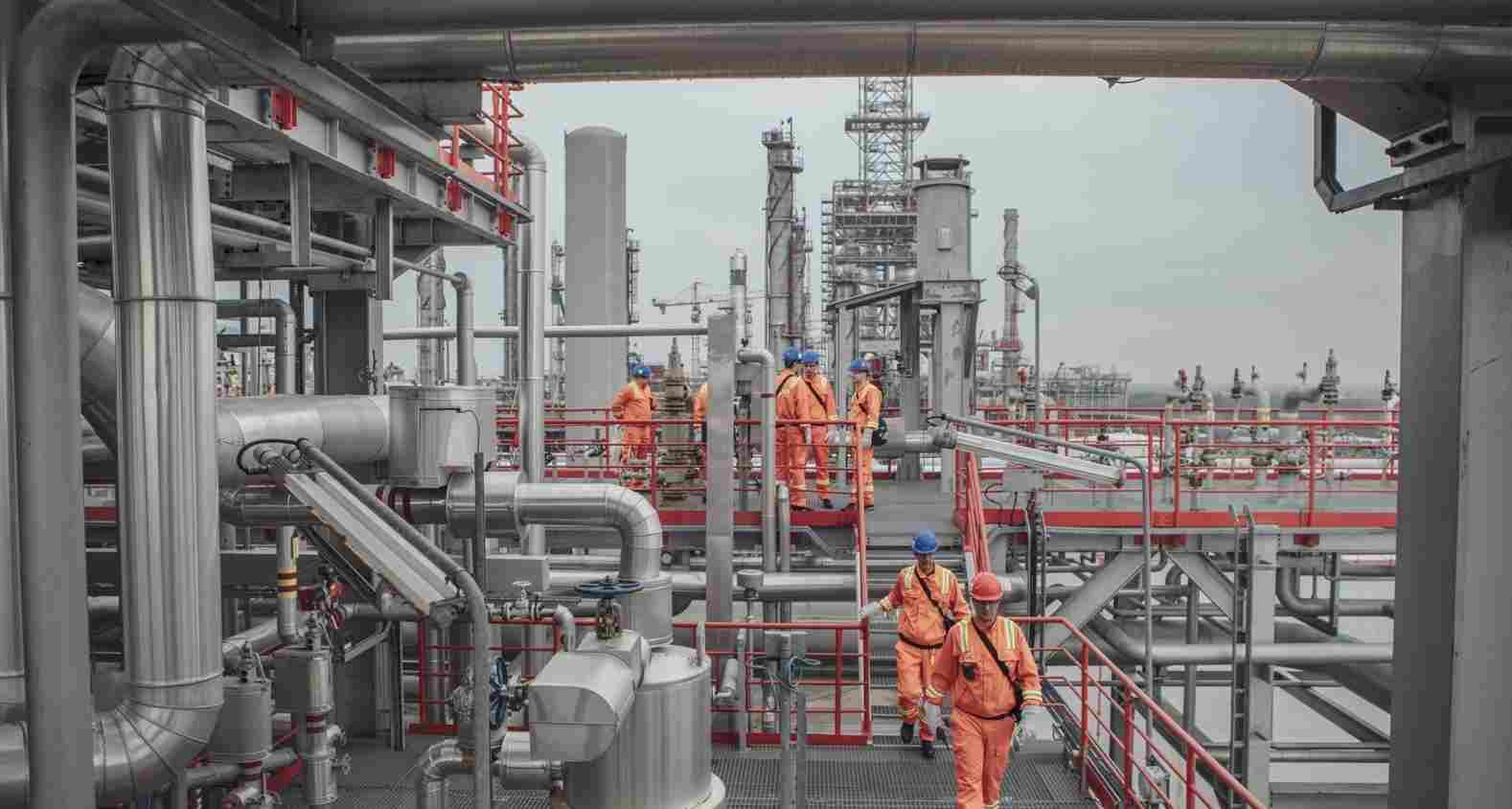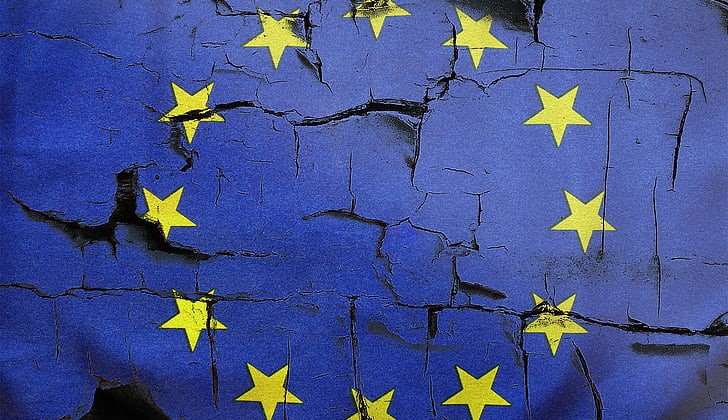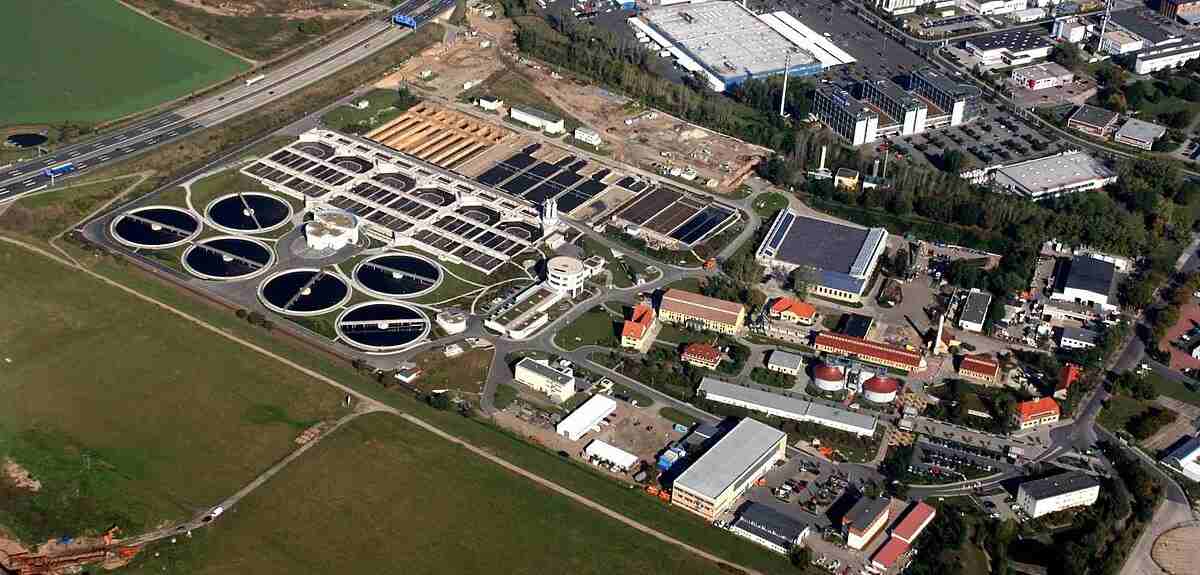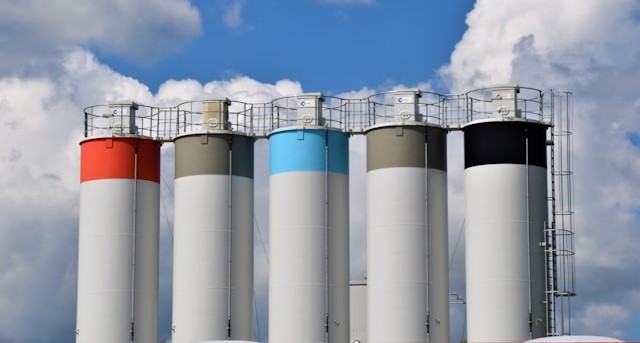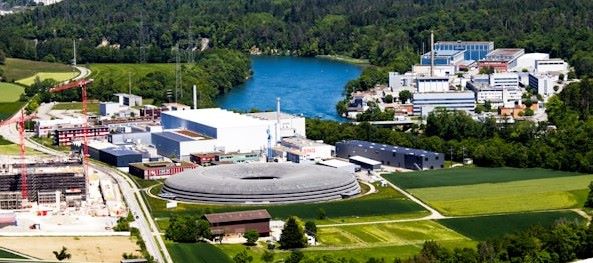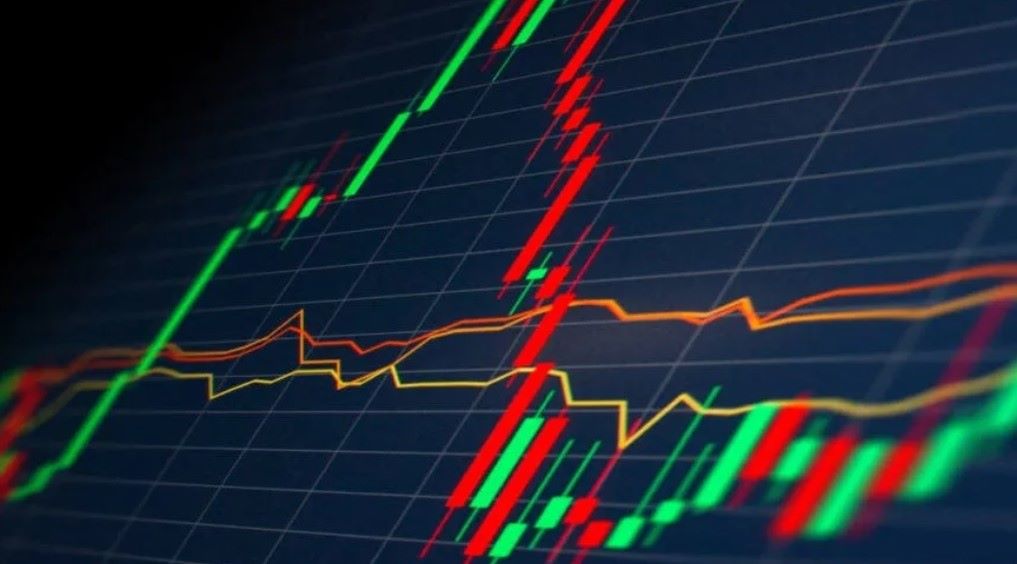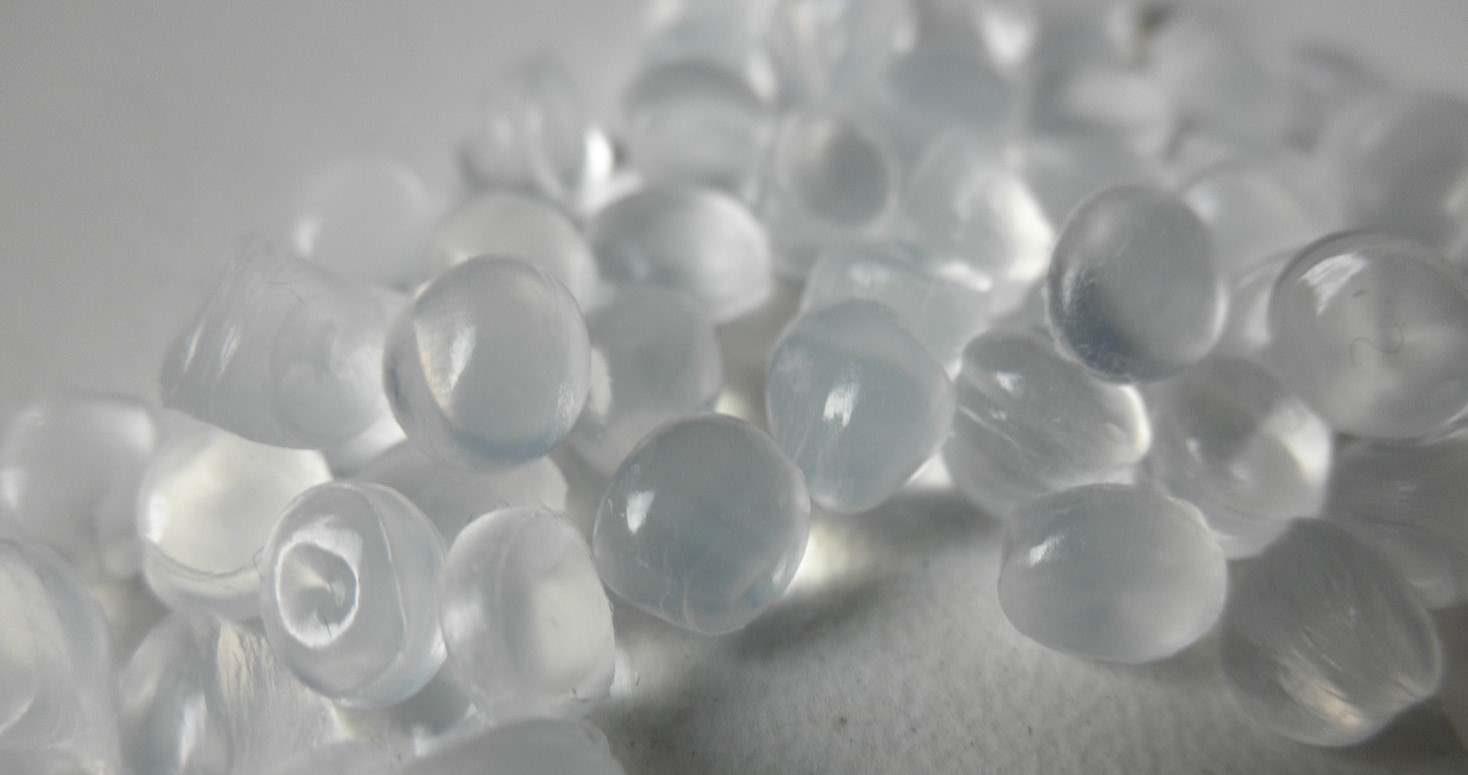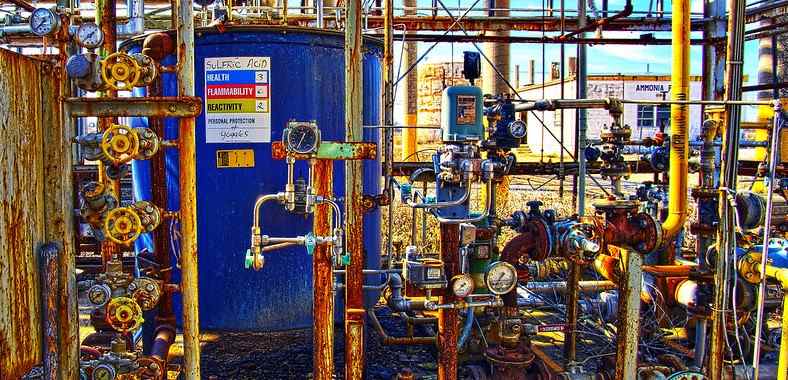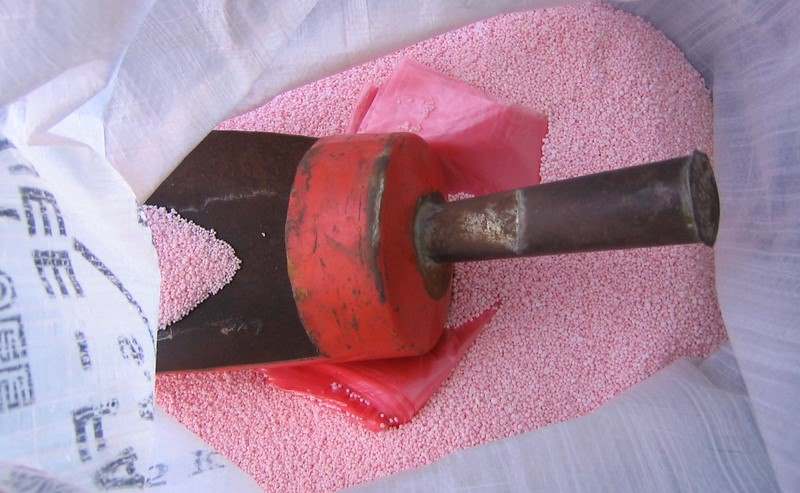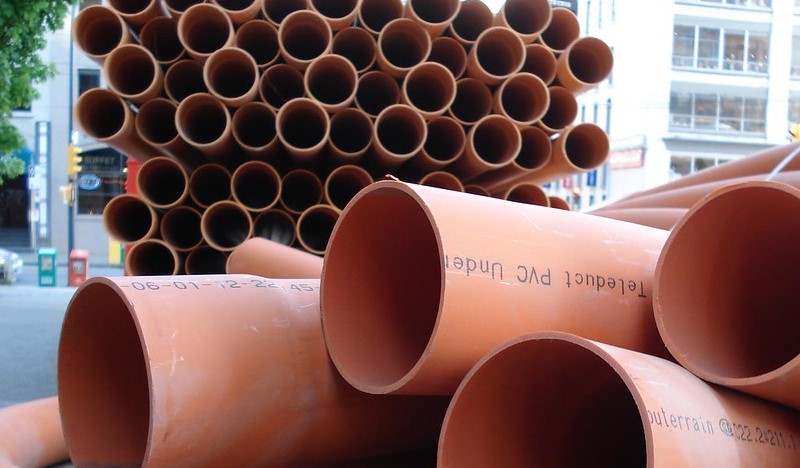-
How AI Is Powering Industrial Chemical Price Forecasting
 Continue Reading
Continue ReadingThe chemical industry is no stranger to complexity. With pricing shaped by everything from oil and gas markets to agricultural cycles. As the trade in industrial chemicals is constantly influenced by politics, consumer demand, and regulation, forecasting has always been a high-stakes challenge. But a new force is now reshaping how the chemical sector navigates value: artificial intelligence (AI).
From predicting price movements to anticipating supply chain disruptions, AI is quickly becoming a critical tool in helping chemical companies make faster, smarter, and more confident decisions.
How AI Improves Forecast Accuracy
AI doesn’t just process more data—it understands patterns that would be impossible for a human analyst to detect in time. This is because traditional forecasting methods—manual data analysis, spreadsheets, and market reports—can no longer keep up with the pace of change in a global chemical industry.
AI, however, can find patterns in large data sets, even allowing for market shocks, such as geopolitical or extreme weather events through different processes, including:
- Predictive modelling: AI tools can analyze historical trade, pricing, and logistics data to project future trends with high confidence.
- Machine learning (ML): Algorithms adjust based on new inputs—learning from price swings, news events, or climate impacts in real time.
- Scenario planning: AI can simulate ‘what-if’ situations—like a port closure or energy crisis—and model their potential effects.
- Faster insights: Real-time dashboards flag deviations or emerging trends instantly, supporting quicker decisions.
But what makes AI truly powerful is its ability to combine the information from diverse, multi-dimensional data sets.
While it would be almost impossible for a human to blend the data from customs reports, vessel tracking, and import/export filings alongside market price indexes from chemical industry data sources, such as ICIS and Argus, as well as factoring in constant price fluctuations from online trading sites, such as SPOTCHEMI—the latest AI models are adept at using all this data to predict future chemical product prices.
The result is a tool which can be applied to help companies forecast demand for high-volume chemicals such as methanol, urea, or PVC, identify early supply risks, such as port congestion, labour strikes, or feedstock shortages, optimise procurement by predicting price drops or recommending strategic stockpiling. AI can even help plan production based on raw material availability and expected downstream demand.
Related articles: EU Launches Bold Plan to Strengthen Europe’s Chemical Industry or Q2 Report 2025: The Top 10 Most Traded Chemicals on Spotchemi
For example, an AI system might detect that urea exports from the Middle East are declining while India’s monsoon planting season is approaching—automatically alerting buyers of a potential price spike.
While AI is powerful, it’s not infallible. This means there are several pitfalls to avoid when using AI, these include:
- Data quality: Forecasts are only as good as the data that feeds them.
- Model bias: If algorithms are trained on outdated or incomplete data, results may skew.
- Overreliance: Human expertise remains critical to interpret AI recommendations and factor in geopolitical nuance or regulatory knowledge.
To keep AI predictions of chemical product pricing at its most accurate, users need to apply transparency to ensure correct data input, maintain the latest AI model, and use human oversight as a final check on any price estimate produced.
Some AI control methods include, running the model two or even three times to see if the same results are issued, or wording questions in a negative or opposite form. For example, if a price for chlorine is given, then it may also be worth checking for a price prediction for caustic soda. This is because, these two chemicals are co-products, and so often have a price inverse relationship.
As chlorine and caustic soda are both produced through the electrolysis of brine (saltwater), one cannot be produced without also producing the other. If demand for chlorine rises (e.g., in PVC production), production of caustic soda increases as a by-product, potentially leading to oversupply and a drop in caustic soda prices, even as chlorine prices rise.
A human who is aware of these co-operative price relationships can check AI chemical price predictions using this logic as a control.
As global chemical markets grow more complex, AI is emerging as a competitive advantage. From real-time risk alerts to long-term demand forecasting, artificial intelligence allows companies to react faster, plan better, and outperform the market.
Yet, AI is not here to replace chemical market analysts—it is, instead, here to enhance their capabilities. Allowing for a blend of digital insights combined with human intuition means that the future of chemical product pricing is not just about collecting more data—it’s about making that data work smarter.
As such, it is works alongside other predictive tools, such as chemical price and trading data platforms, like SPOTCHEMI, which monitor real-time market sentiment or just good ol’ gut instinct.
This means that whether you’re a buyer, trader, or procurement lead, adopting AI-powered forecasting tools could be the key to staying ahead in 2025 and beyond.
Photo credit: Starline on Freepik, jcomp, Pressfoto, & Rawpixel
-
EU Launches Bold Plan to Strengthen Europe’s Chemical Industry
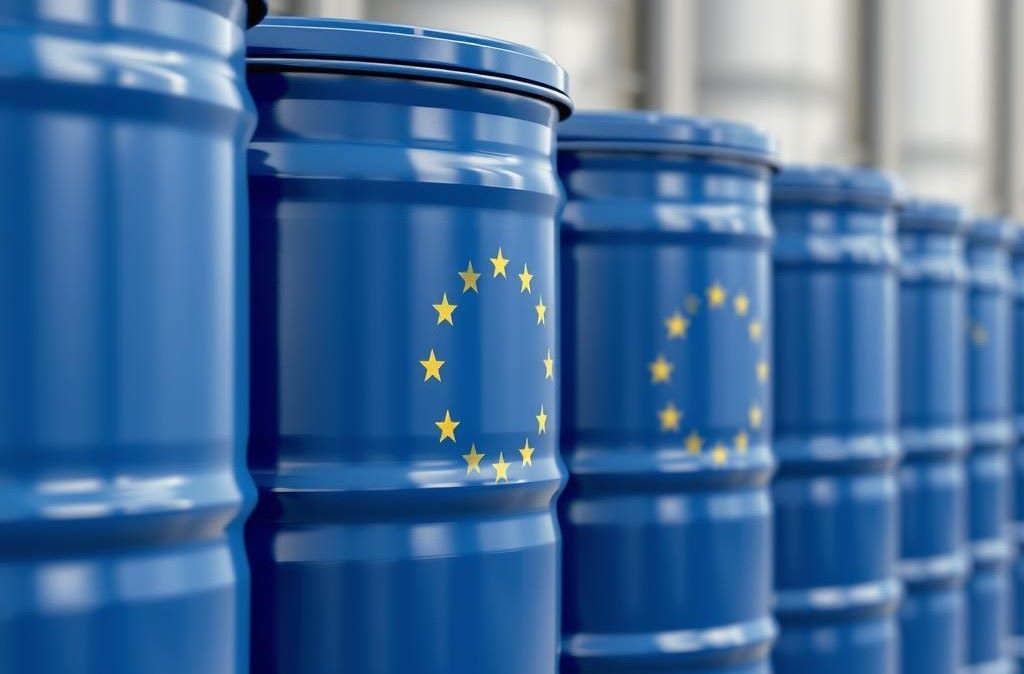 Continue Reading
Continue ReadingThe European Commission has just unveiled an ambitious Action Plan to support the chemical industry. Set against the backdrop of chemical facility closures, soaring energy costs, and rising global competition, the strategy is aimed at securing Europe’s industrial base, protecting jobs, and reinforcing supply chain resilience.
By doing so, Brussels is making it clear that a strong chemical industry is essential for both economic health and strategic independence, while also outlining the sector’s key role in Europe’s green and digital transition.
But what is the plan, and what does it mean for SMEs, chemical traders, and chemical industry professionals? Is it enough to reverse the trend of plant closures? Or is it more bureaucratic paperwork and an ideal vision of how Europe’s chemical industry should be, but without the money or competitive advantage to make it happen?
The European chemical sector—home to over 29,000 companies and employing as many as 1.2 million people directly—is facing a crisis of competitiveness.
In just two years, more than 20 chemical plants have closed, with production of basic chemicals such as ammonia, methanol, and nitric acid falling sharply. The result is an existential threat to Europe’s strategic autonomy in key value chains, from semiconductors and batteries to pharmaceuticals and agriculture.
Without urgent action, the continent risks deindustrialisation in a sector that underpins over 96% of downstream industries. It would also leave it economically dependent on other nations, much as it was exposed to Russia’s gas supply threat following the invasion of Ukraine. It would also leave it militarily weaker, as the chemical industry plays a key role in arms manufacturing.
In response, the EU Commission has now laid out a multi-pronged approach which aims to economically stabilise the European chemical sector, while also modernising it and achieving sustainability. This is a massive task, but one it believes can be realised by action in five key areas.
1. Critical Chemical Alliance & Trade Defence
The EU will launch a Critical Chemical Alliance—a coalition of industry, member states, and experts—to identify strategic facilities at risk of closure and recommend support mechanisms. This mirrors successful models already in place for key raw materials as well as strategically vital products, such as semiconductors.
Alongside this, the Commission is promising stronger trade defence tools to prevent unfair competition and bolster domestic producers against subsidised imports.
“This is a matter of sovereignty,” said Internal Market Commissioner Thierry Breton. “We must act now to preserve our industrial base.”
2. Energy Cost Relief & Green Transition Support
High energy prices have pushed many chemical production operations offshore, such that today 80% of Europe’s methanol is now imported. To address this, the EU has laid out its Affordable Energy Plan which aims to help both industrial and domestic consumers gain access to low-cost, green energy.
The plan (which is part of the Clean Industrial Deal) is consisted of four key pillars:
- Lowering bills.
- Completing the Energy Union.
- Attracting investment.
- Preparing for crises.
This it hopes to achieve through measures such as reducing network charges and taxes, promoting long-term power purchase agreements and permitting for renewables, strengthening gas market oversight, and launching energy-efficiency financing schemes. It also supports grid integration, flexibility, demand-response, and supply security to cushion against price shocks.
These initiatives are projected to save €45 billion in 2025, rising to €130 billion by 2030 and €260 billion by 2040. It is also hoped that the moves will create openings for cleaner technology providers and carbon capture innovators to support the shift toward net-zero chemicals.
3. Demand-Driven Growth via Public Procurement & Innovation
To create markets which are more supportive of the wider European economy and its chemical industry, Brussels will use public procurement policies that reward high-EU-content products—helping drive demand for homegrown chemicals.
Additional tools include:
- Horizon Europe funding for process innovation.
- Tax incentives for low-carbon investments.
- Regional ‘Clean Transition Hubs’ to facilitate R&D and workforce upskilling.
This presents a compelling opportunity for SMEs in bio-based, circular, and specialty chemicals, providing these growing sectors with the resources and government support to scale up further and faster.
4. Pragmatic PFAS Regulation
The Commission is sticking with its plan to restrict PFAS (per- and polyfluoroalkyl substances), but with greater strategic nuance. For this reason, critical uses in semiconductors, medical, and defence applications will be exempt from bans, with efforts to invest in safer alternatives and clean-up technologies offered instead.
While this does leave some uncertainty for producers and suppliers of fluoropolymers, coatings, and speciality solvents, it is believed that ongoing R&D will be able to fill the gap created as versatile PFAS products are removed from the market.
5. Simplified Regulation (6th Omnibus Package)
To reduce bureaucratic burden, the Commission is introducing a Sixth Omnibus Regulation, which simplifies overlapping chemical, cosmetic, and fertiliser rules. This streamlining should help smaller players bring products to market faster—particularly in formulated chemicals and downstream applications.
If this goes according to plan, then the reforms could save the industry as much as €360 million annually while also modernizing energy-intensive ‘steam crackers’ through green technologies (such as hydrogen, clean carbon, and chemical recycling) avoiding the need to compromise decarbonisation goals.
Commission Vice-President Stéphane Séjourné underscored the package’s urgency, noting that, “We’re talking about a sector that has seen its global market share nearly halved in the last 20 years.”
In reaction, chemical industry leaders have largely welcomed the plan. The European Chemical Industry Council (Cefic), for example, has called it a ‘game-changer,’ citing its potential to reverse the tide of site closures, assist chemical manufacturers with cheaper energy, and to help reindustrialise Europe.
However, some NGOs and consumer groups have sounded notes of caution, especially around PFAS exemptions and deregulation, believing the so-called ‘forever chemicals’ to be an unwanted toxin that should be removed from all products—without exception.
As ever, the key will be balanced implementation.
Given the size of the project and the speed at which many EU initiatives operate, then action will come at a slow and steady pace. As such, results will not come quickly—if at all. However, the first response could be measured by watching the following events over the coming months:
- Critical Chemical Alliance formed by end of 2025.
- PFAS opinions from ECHA due in late 2025, informing final restrictions.
- REACH reform and ECHA budget proposals in Q4 2025.
- First pilot projects and procurement rules roll out from early 2026.
The European Commission’s Action Plan marks a pivotal moment for the continent’s chemical industry—an attempt to shift from crisis management to strategic renewal. By addressing the chemical sector’s pain points across energy, regulation, innovation, and trade, Brussels has sent a clear message: the chemical industry is no longer a background enabler but a core pillar of Europe’s industrial and geopolitical future.
Related articles: Q2 Report 2025: The Top 10 Most Traded Chemicals on Spotchemi or What Europe Can Learn from the U.S. Chemical Safety Debate
While streamlined regulation and targeted funding may ease market entry and boost competitiveness, much depends on the timely and coordinated rollout of these initiatives. This means that the coming 12–24 months will be crucial in determining whether this ambitious plan becomes a turning point or just another policy package with noble intentions.
Europe’s chemical sector cannot afford another decade of decline. If executed well, this plan could be the catalyst for its revival—if not, the continent may find itself permanently outpaced by global competitors.
Photo credit: Wikimedia, Pickpic, Wikimedia, Waldermar on Unsplash, Joanna Temczuk, Julien, & Gencraft
-
Q2 Report 2025: The Top 10 Most Traded Chemicals on Spotchemi
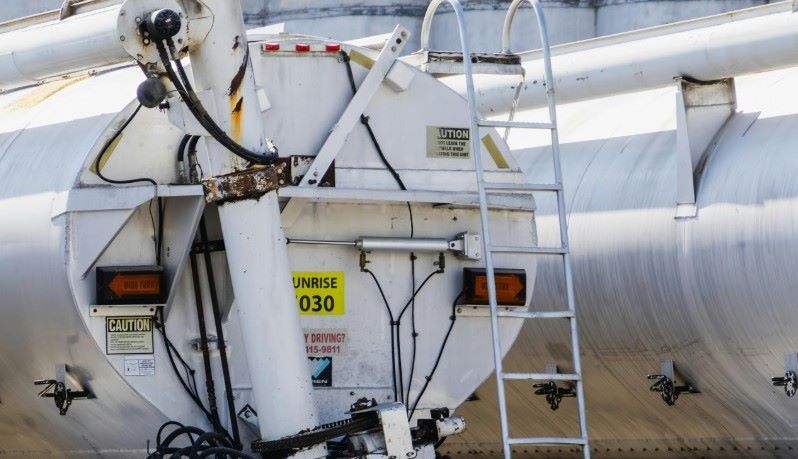 Continue Reading
Continue ReadingStaying ahead of the curve in the chemical industry is essential for maintaining competitiveness and managing risk.
To do so involves tracing market trends and how they are shifting due to geopolitical events, seasonal demand, and regulatory changes. By actively monitoring these trade patterns and price fluctuations, manufacturers, chemical companies, and traders can make informed purchasing and sourcing decisions.
Price tracking tools and market intelligence platforms help identify the right time to buy or sell, avoiding costly missteps. Some companies, such as ICIS provide in-depth analysis and up-to-date pricing data. Others, like Chemarc and Spotchemi, offer insight based on the activity on their own chemical trading platforms.
Both approaches empower traders and procurement teams with the information needed to navigate a fast-evolving global chemical landscape.
Top 10 Traded Chemicals on Spotchemi (Q2 2025)
Each product listed below has demonstrated consistent listing volume and trading activity across Spotchemi‘s global network.
1. Urea
- Applications: Fertiliser production (agriculture), resins
- Trend: India remains the world’s largest importer of urea, driven by government subsidies and intensive agriculture. Brazil follows closely, with urea use rising to support its massive soybean and maize sectors. Southeast Asia—including Vietnam, Thailand, and Indonesia—also shows growing demand, especially during monsoon cropping seasons.
- Insight: As of June 2025, Spotchemi (who sponsors this webpage) shows over 300 active listings for urea, including granular, prilled, and technical grades. A large portion of these listings are from suppliers in the Middle East, Central Asia, and China, with demand remaining robust despite global price fluctuations.
2. Polyethylene (LDPE/HDPE)
- Applications: Packaging, films, containers
- Trend: PE prices dipped ~4% in June 2025 to 7,087 CNY/ton ($~1,030/ton), following river holidays and feedstock softness; LatAm demand, however, gained momentum in Q2.
- Insight: Sustainability push driving recycled LDPE interest—platform listings reflect both virgin and post-consumer grades with stable buyer engagement.
3. Sodium Hydroxide (Caustic Soda)
- Applications: Aluminium refining, textiles, pulp and paper
- Trend: Significant demand remains in India, China, and Latin America, driven by their growing textile, paper & pulp, and aluminium sectors. Europe and North America also maintain steady consumption, particularly in water treatment and chemical manufacturing.
- Insights: According to the ICIS Caustic Soda Price Index, regional price disparities are notable in Q2 2025:
China: ~$450/ton FOB (reflecting stable demand from alumina and textiles)
Netherlands: ~€460/ton ($498), affected by EU energy policy and environmental levies
Saudi Arabia: ~$520/ton FOB, with strong export flows to Africa and South Asia
United States: ~$408/ton FOB Gulf Coast, reflecting lower domestic freight and feedstock costs.
Spotchemi has seen a strong and stable volume of listings for flakes, pearls, and caustic soda lye, particularly from producers in the Middle East, China, and Southeast Asia. Buyers are showing consistent preference for high-purity grades suitable for regulated industrial processes.
4. Monoethylene glycol (MEG)
- Applications: Antifreeze, polyester
- Trend: Prices ranged $408–520/MT in Q1–Q2 2025: ~$408 in the U.S., ~$498 in the Netherlands, ~$520 in Saudi, and ~$450 in China—regional disparities due to energy and emissions policies.
As a recent report by Imarcgroup notes, “Due to production difficulties brought on by the winter storms along the Gulf Coast, the market saw price rises. Tight supply conditions and rising ethylene oxide costs drove increased prices despite the PET industry’s lackluster demand. Major plant maintenance turnarounds further reduced availability, maintaining stable prices.”
- Insight: Feedstock costs (natural gas) and demand has stabilized prices, although Spotchemi listings show steady trade interest across major hubs.
5. Sulphur
- Applications: Fertilisers (sulphuric acid), metal refining
- Trend: North American Q1 bullish; EU customs price up 32% Q1–Q2 2025; U.S. ~$140/MT, China ~$290/MT, Europe ~$195/MT, UAE ~$174/MT.
- Insight: Logistics issues and refinery cuts tighten supply; Spotchemi listings spike from sources like UAE and Russia, reflecting global tightness.
6. Methanol
- Applications: Fuel blending, formaldehyde, acetic acid
- Trend: June 2025 ICIS T2 FOB Rotterdam futures hovered at ~$271/ton; North America reference price $778/MT, Asia $375/MT, China $350/MT
- Insight: Stable demand across industrial sectors, with renewed interest in MTO (methanol-to-olefins) routes. Spotchemi listings show steady trade interest across major hubs
7. Ammonium Nitrate
- Applications: Fertiliser, explosives.
- Trend: Strong demand persists in Sub-Saharan Africa, Latin America, and parts of Central Asia, where ammonium nitrate is used extensively in both fertiliser production and civil explosives for mining and infrastructure.
- Insight: Spotchemi listings on feature technical-grade ammonium nitrate with varying nitrogen content and particle sizes. Activity has increased during Q2 2025 in response to seasonal fertiliser demand and rising mining output in key regions.
According to Fertilizer Focus and IndexBox, global ammonium nitrate prices have remained firm, driven by restricted Russian exports, natural gas input costs, and stringent shipping regulations. Market size is projected to reach $6.18 billion by late 2025.
8. Acetic Acid
- Applications: Solvents, adhesives, food-grade uses
- Trend: Demand is steady in Southeast Asia, China, and Western Europe, where acetic acid is essential in vinyl acetate monomer (VAM), adhesives, and solvents.
- Insight: Spotchemi listings in Q2 2025 reflect growing buyer interest in both industrial- and food-grade acetic acid, especially from suppliers in Asia and the Middle East. Prices declined in early Q2 due to oversupply—averaging $510–$570/MT—but are now stabilising amid firming downstream demand and tighter inventory controls
9. PVC Resin
- Applications: Construction (pipes, fittings), healthcare
- Trend: Strong demand continues in India, Turkey, and West Africa, fuelled by growth in construction and infrastructure projects.
- Insights: Spotchemi listings show active trade in suspension and emulsion grades, with consistent buyer engagement. PVC prices rose over 6% in Q1 2025, and forecasts project levels reaching $1,050–$1,150/MT by Q3.
10. Citric Acid
- Applications: Food, beverages, pharma, cleaning agents
- Trend: Consistent demand in Europe, the Middle East, and South Asia, driven by the food, beverage, and pharmaceutical sectors.
- Insight: Spotchemi listings remain steady, with both food-grade and technical-grade citric acid available from suppliers in China and Europe. Prices have been relatively stable, with minor fluctuations due to logistics and seasonal demand.
The second quarter of 2025 has underscored the importance of agility, intelligence, and digital connectivity in global chemical trade. Products like urea, polyethylene, and caustic soda continue to lead due to their industrial ubiquity and seasonal relevance, while others like methanol, sulphur, and acetic acid reflect evolving demand patterns and price pressures.
Related articles: A Day in the Life of an Industrial Chemicals Trader or Why Chemical Traders Should look for Profit in Biochemical Markets
Platforms like Spotchemi provide a transparent window into real-time market activity, enabling buyers and sellers to track trends, compare offers, and act on emerging opportunities. By combining Spotchemi’s marketplace insights with pricing data from sources such as ICIS, Argus, and Chemarc, procurement teams can make smarter, faster, and more informed decisions.
Staying informed isn’t just helpful—it’s essential.
Photo credit: Flickr, Medium, Wikimedia, Flickr, Flickr, & Pexels




